Cloud Computing in Healthcare Industry: A Detailed Overview

Table Of Contents
- Introduction
- Background: The Growing Role Of Cloud Computing In The Healthcare Industry
- The Difference Between On-Premise, Cloud, and Hybrid Solution
- Whether To Proceed Towards Cloud Or On-Premise Solutions?
- Is The Cloud Secure For Patient Data?
- Deciding To Choose Between Cloud And On-Premise Based On Hospital Size
- How Can Hospitals Plan Their Journey From On-Premise To The Cloud?
- Optimise Cash Outflows: A Key Benefit To Hospitals
- Final Thoughts
Introduction
The market research firm RBC Capital Markets forecasts that the data for healthcare will expand at a CAGR of 36% by 20251. Thus, accelerating the need for securely storing patient data to avoid patient data breaches. To store the data securely, hospitals can select from on-premise, cloud, and Hybrid data storage options. This blog covers the role of cloud computing in the healthcare industry in detail.
Key Learning Points
- The move towards patient-centric healthcare and the digitisation of healthcare has led to a surge in healthcare data
- The data needs to be stored securely to avoid patient data breaches
- Hospitals can choose from on-premise, cloud, and Hybrid data storage options
- The decision to choose from on-premise or cloud has several considerations, including the size of the hospital, costs, preferences for data control, security and compliance, etc.
- The cloud is highly secure for patient data, with leading players like AWS having inbuilt encryption mechanisms.
- When planning their journey from on-premise to cloud, hospitals need to consider current data volumes, getting optimum internet bandwidth, the need for compliance, preferred pricing model, and much more
Background: The Growing Role of Cloud Computing in the Healthcare Industry
With the emergence of the COVID-19 pandemic, the global healthcare industry has been disrupted to a wider extent. Healthcare organisations are moving towards a patient-centred model globally, owing to how patients are demanding more personalised healthcare services.
The transformation towards personalised healthcare services has made the patients more digitised by providing wearable devices, connected medical devices, mobile health apps, etc. These devices, apps, and monitoring technologies collect, analyse, and store vast amounts of data causing the healthcare data explosion. The data created by these technologies is unstructured and limitless and is converted to provide valuable insights.
The Difference between On-Premise, Cloud, and Hybrid Solution
An on-premise solution will require a server setup to store the data on the hospital premises itself. It will not require the internet for accessing the data and is secure for patient data but requires other factors such as downtime, cost, etc, to be taken into consideration as well.
The cloud solution stores the data over the internet on virtual servers provided by the companies like Amazon, Google, and Microsoft.
The third storage type is the hybrid one in which the organisation can decide whether they want to keep the Protected Health Information (PHI) data (e.g., patients’ medical or health data, allergies, etc.) on-premise and the Non-PHI data on the cloud.
Adhering to the latest government norms and following the digital India initiative is giving a boost to the adoption of cloud computing in the healthcare industry in India. As per market research, it is expected that the cloud computing market in the healthcare industry will reach $64.7 billion by 20252. Under the Digital India initiatives, envisioning the future of the healthcare industry, the government of India has launched e-hospital and Ayushman Bharat Digital Health Mission applications.

Whether to proceed towards cloud or on-premise solutions?
Adopting cloud technology could be a tricky business for the healthcare industry. It is always difficult to select whether to proceed with a cloud or on-premise solution. Below are some of the key pointers that can assist a healthcare organisation in deciding which one to proceed with:
- Deployment: In the case of on-premise, the products are deployed in-house, i.e., within the IT infrastructure of the hospitals. Whereas in the case of the cloud, the products are deployed on third-party vendors such as AWS, Azure, and Google.
- Costs: For the on-premise, along with the product cost, healthcare providers need to bear the cost of server hardware, maintenance, power consumption, and storage space. With a cloud solution, they can pay for the product alone without worrying about maintenance or any additional costs.
- Data Control: With an on-premise solution, hospitals can retain the data locally and define their sharing permissions. On the other hand, when the data is stored on a cloud server, it can be accessed from any time, anywhere. Similar to on-premise, hospitals can define their access level permissions.
- Security and Compliance: Hospitals using on-premise solutions can decide the level of security, such as encryption module, firewall, and compliance. In comparison, cloud providers such as AWS, Azure, and Google are compliant with regulatory organisations such as HIPAA and GDPR. Furthermore, they have strong safeguard and access control mechanisms like data encryption, web application firewall (WAF), network firewall, etc., to secure Protected Health Information (PHI) data.
Is the Cloud Secure for Patient Data?
In this section, we will discuss AWS data security options since I am a certified AWS Solution Architect practitioner. AWS assists in providing data ingestion, storage, and processing techniques with the pay-as-you-use pricing model.
If we talk about security, the S3 bucket, which is one of the types of storage options that AWS offers, has an inbuilt encryption mechanism for PHI data storage. Additionally, all the API calls are logged in CloudTrail (a service provided by AWS) for purposes such as faster and easier log access, trigger alerts, and log consolidation.
Drilling down to a level further with the access control, the hospitals can utilise the bucket and Identity and Access Management (IAM) policies for enabling multi-factor authentication to protect patient information as per HIPAA and GDPR regulations. With the evolving amount of data and technology, cloud providers such as AWS have become more secure along with cost and time-saving capabilities.
Deciding to Choose between Cloud and On-Premise based on Hospital Size
1) Small Hospitals – fewer than 50 beds
For a small-sized hospital, it would make more sense to have the data access locally i.e., on-premise. As it can retrieve clinical data without a wireless internet connection, making it far less dangerous. Because of the sensitive nature of healthcare data, hospitals want to use the storage option that they believe is the most secure, which is often the one that gives them the most control.
2) Medium & Large Hospitals – 50+ beds
On the other hand, for a medium or large or enterprise-level hospital that is at multiple locations, the cloud will be a more suitable choice for data storage. By leveraging the cloud, data can be shared securely with all the stakeholders, such as physicians and nurses in real-time. This enhances the collaboration between multiple stakeholders at the same time.
How can hospitals plan their journey from on-premise to the cloud?
Here are a few things that a hospital needs to consider if they are planning to move to the cloud:
- Data volume to understand minimum monthly usage and select the right storage type.
- Optimum internet bandwidth: An adequate amount of internet speed for upload and download to access data from the cloud is needed. For example, a minimum of 1 Mbps for upload and 90 kbps for download is required at the client site.
- Compliance with data security regulations like HIPAA, GDPR to safeguard patient information
- Low cloud latency: Processing huge volume of data with a minimum delay
- Automated and rapid disaster recovery: It should support agile recovery and guarantee low system downtime. e.g., Multi-AZ(availability zone) option to avoid system downtime
- Data Archival and retrieval: E.g., if the data needs to be retrieved within a few minutes then select AWS S3 Glacier storage.
- Security and access control: Security can be enhanced by enabling metadata level encryption and allowing authorised users to access the data through multiple devices and networks. They can leverage the least privilege principle for access management.
- Pricing model: There are multiple models available in the market, for instance, Pay-per-use or on-demand, spot instance-based pricing involves bidding on the instances, reserved instances pricing, which includes time, instance type, and zone commitment to receive higher cost benefits in the long term, and volume pricing.
Optimise Cash Outflows: A Key Benefit to Hospitals
Due to the vast amount of data being generated in the healthcare industry, hospitals, and clinics, can utilize the cloud and begin to move from Capex to the Opex model. By leveraging these transformations, hospitals can reduce their overall operational costs and deliver better quality healthcare services to their patients. During the COVID-19 pandemic, SaaS-based healthcare products such as teleconsultation have gained a lot of traction, and we continue to see growth in the post COVID era.
Final Thoughts
Cloud technology can be the lifeline for the Indian healthcare system, with the increased and rapid adoption of SaaS-based products, the country would lay the foundation of quality treatment accessible to everyone.
Apart from the storage, cloud computing can assist physicians and CXOs in generating reports and developing insights, leading to an increase in hospitals’ operational quality and functional efficiency. Technology like cloud analytics is here to assist healthcare organisations in delivering high-quality services to patients by eliminating mundane and repetitive tasks and focussing more on personalised care.
References:
7Mins Read
Author | Somya Rastogi




